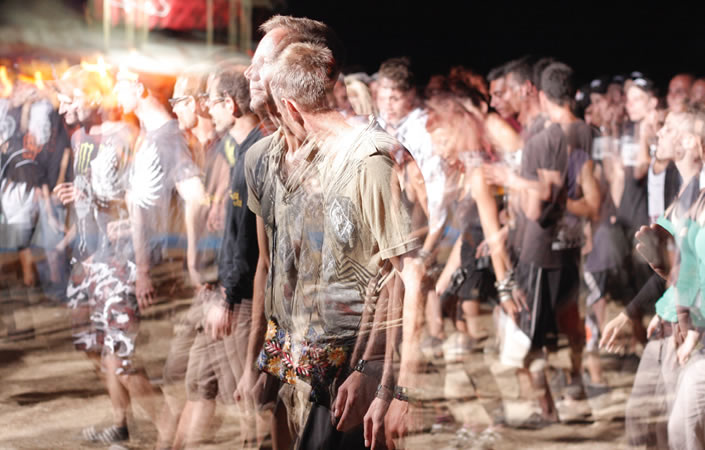


Cultural work in organizations is work on the collective mindset
Cultural work in organizations is work on the collective mindset Radical collaboration, transformation, new ways of thinking, digitalization – there is hardly a topic that is not moved and supported by mindset work. What is striking is that it is always about...
Crisis Communication III
Crisis Communication III Few remarks on the announcement of the bad news It is an event that captures the attention of the managers involved. Although it is only one step in a longer process, it is the central event because it sets the tone for the whole following...
Crisis Communication II
Crisis Communication II The dilemma of local leadership or A deep conflict of loyalties There’s the decision. Costs have to be reduced, a reduction in staff is pending, perhaps the closure of a site or the sale of part of the company. The local management has the task...
